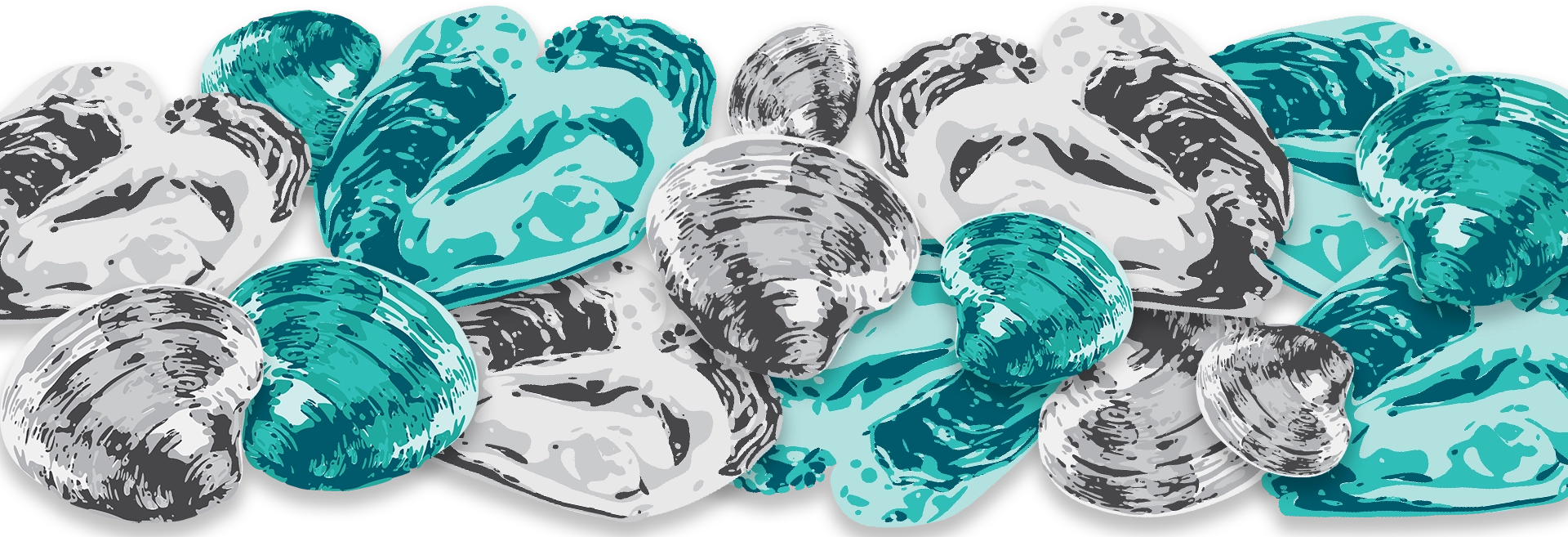You’ve peeled shrimp and even deveined them. You’ve learned how to pick clean a fresh crab. But you’ve never shucked an oyster.
Relax. Pretty soon you’ll be popping oysters in your mouth or adding them to a favorite recipe with ease. Follow these steps to do your own shucking.
Start by rinsing off your oysters well to remove any mud or residue.
Fill a large bowl with cold water and salt. You might even want to use ice. By soaking them for at least 10 minutes prior to shucking, the shells will be looser and easier to open.
If you have shucking gloves, put them on. Garden gloves can work, too, or in a pinch, a double layer of latex gloves. Not everyone wears gloves, but if you’re never shucked an oyster before, it’s a good idea.
Whip out your oyster knife. And yes, it’s best to have an actual oyster knife, not a kitchen or paring knife. All the better if the handle is textured. Some folks even sand it down for a better grip.
Fold a clean kitchen towel lengthwise into thirds because what you don’t want to do is stab yourself in the hand with your shucker. The towel can brace the oyster during shucking.
Make eye contact with your first oyster and note one side has a belly while the other is flat.
Set your oyster on its belly (the cupped side) on the towel. For righties, the hinge (where the shells taper together) should point to the right. For lefties, it should point left.
Make sure only the hinge is exposed in the towel, using your nondominant thumb to hold it steady. Bunch up the towel in the other hand to protect it.
Here’s where you need to be patient if you’re a newbie. Work your oyster knife into the hinge. Don’t force it. Be slow but firm in seeking what’s called the sweet spot. Wiggle the knife if you have to. You want to pry the shell open without sheer force. It’s as if you’re turning a key in a lock.
Pop! You’re in. And, yes, you will hear a sound.
Try not to spill out too much of the liquid; it’s too tasty to waste. If you’re eating your oysters raw, you’ll want to slurp the brine.
Clean your knife before the next step.
You can’t pull the top shell off until you sever the muscle. Slide the blade across the top of the oyster, but keep it as flat as possible against the top shell to remove the muscle. Turn the blade 90 degrees to slice the adductor muscle or what connects the top and bottom of the shell together. You’ll need to remove the muscle from the bottom shell, too.
Try not to affect the actual oyster too much. The best oysters look untouched.
Inspect the oyster for shell fragments and remove them with the tip of your knife. Does it smell OK? If not, throw it out. On rare occasions, you might notice a tiny crab that you would need to remove with your knife.
Toss the shells, of course, unless you want to keep them to return to the bay. They’re great for the environment.
Beginners need not worry about speed. That will come the more you shuck.
Drop the shucked oysters into a bowl on ice on ice or on crushed iced alone unless you’re leaving them on the half shell.
Try them raw, add them to a stew, put them on the grill, eat them fried, steamed, broiled or sauteed. Oysters are not just good to eat, they’re good for you, and with a little practice, you’ll be a pro at shucking.
